Knee pain is a common issue affecting individuals of various ages, often resulting from injuries, degenerative conditions, or overuse. Traditional treatments include physical therapy, medications, and surgical interventions. However, in recent years, regenerative medicine has gained popularity, offering innovative solutions like PRP Injections for knees in Abu Dhabi. Platelet-rich plasma (PRP) therapy utilizes the body’s own healing potential, aiming to promote tissue repair and reduce pain. As a minimally invasive procedure, PRP injections are increasingly considered a viable option for those seeking alternative treatments to manage knee discomfort effectively.
Understanding PRP Therapy and Its Mechanism
PRP therapy involves drawing a small amount of blood from the patient, which is then processed to concentrate platelets. These platelets are rich in growth factors that play a crucial role in tissue regeneration. When injected into the knee joint, PRP stimulates cellular activity, enhances blood flow, and accelerates the healing process. This natural approach leverages the body’s innate ability to repair damaged tissues, making it a promising option for patients with chronic knee conditions, such as osteoarthritis or ligament injuries.
Benefits of PRP Injections for Knee Conditions
One of the primary advantages of PRP Injections for Knees is their potential to provide pain relief and improve joint function without the need for surgery. Patients often experience reduced inflammation, increased mobility, and a delay or avoidance of more invasive procedures. Additionally, because the therapy uses the patient’s own blood, the risk of adverse reactions is minimized. The regenerative effect of PRP can also help slow the progression of degenerative diseases, making it a sustainable treatment choice for long-term joint health.
The Procedure: What to Expect
The process of administering PRP injections typically begins with a consultation to assess the patient’s condition. Blood is drawn and processed using specialized centrifugation equipment to isolate the platelet-rich plasma. The prepared PRP is then injected into specific areas of the knee under guided imaging techniques to ensure precision. The entire procedure usually takes less than an hour, and most patients can resume normal activities shortly afterward. Multiple sessions might be recommended depending on the severity of the condition and the desired outcome.
Recovery and Post-Treatment Care
Following PRP injections, patients might experience mild swelling or discomfort, which usually resolves within a few days. Rest and avoiding strenuous activities are generally advised during the initial recovery phase. Incorporating physical therapy can enhance the benefits of the treatment by strengthening the muscles around the knee and improving joint stability. Most individuals report noticeable improvements in pain and function within a few weeks, with ongoing benefits potentially developing over several months as the regenerative process continues.
Effectiveness and Longevity of Results
The success of PRP therapy varies among individuals, influenced by factors such as the severity of the condition and overall health. Many patients find that the treatment provides significant pain relief and functional improvements, especially when combined with lifestyle modifications. The longevity of results can range from several months to a few years, with some opting for repeat injections to maintain benefits. Regular follow-up and personalized care plans are essential to optimize outcomes and sustain joint health.
Is PRP Injections Worth the Investment?
Deciding whether PRP Injections for Knees are worth the investment depends on individual health goals and expectations. This therapy offers a natural, minimally invasive approach that can significantly enhance quality of life by reducing pain and improving mobility. While it may not be suitable for everyone, many patients consider it a worthwhile option due to its potential to delay or eliminate the need for surgery and its emphasis on healing rather than symptomatic relief. Consulting with a qualified healthcare provider can help determine if PRP therapy aligns with personal health needs and long-term wellness objectives.
Frequently Asked Questions (FAQs)
1. How long do the effects of PRP injections last?
The duration of relief varies, with many patients experiencing benefits for several months up to a few years, depending on individual factors and the severity of the knee condition.
2. Can PRP injections be combined with other treatments?
Yes, PRP therapy can often be combined with physical therapy, lifestyle modifications, and other non-invasive treatments to enhance overall outcomes.
3. Is there any downtime after PRP injections?
Most patients can resume daily activities shortly after the procedure, but it’s recommended to avoid strenuous exercise for a few days to optimize healing.
4. Who is an ideal candidate for PRP injections?
Ideal candidates are those with mild to moderate knee degeneration, ligament injuries, or chronic pain who seek a natural healing approach without surgery.
Conclusion
PRP Injections for knees Abu Dhabi represent a promising advancement in regenerative medicine, offering a natural and minimally invasive solution for knee pain management. By harnessing the body’s own healing capabilities, this therapy aims to restore joint function, reduce discomfort, and delay more invasive interventions. While individual results may vary, many patients find PRP to be a valuable addition to their treatment plan, especially when seeking a pathway to improved mobility and quality of life without surgery. Consulting with a healthcare professional experienced in regenerative treatments can help determine if this innovative approach is suitable for your knee health journey.

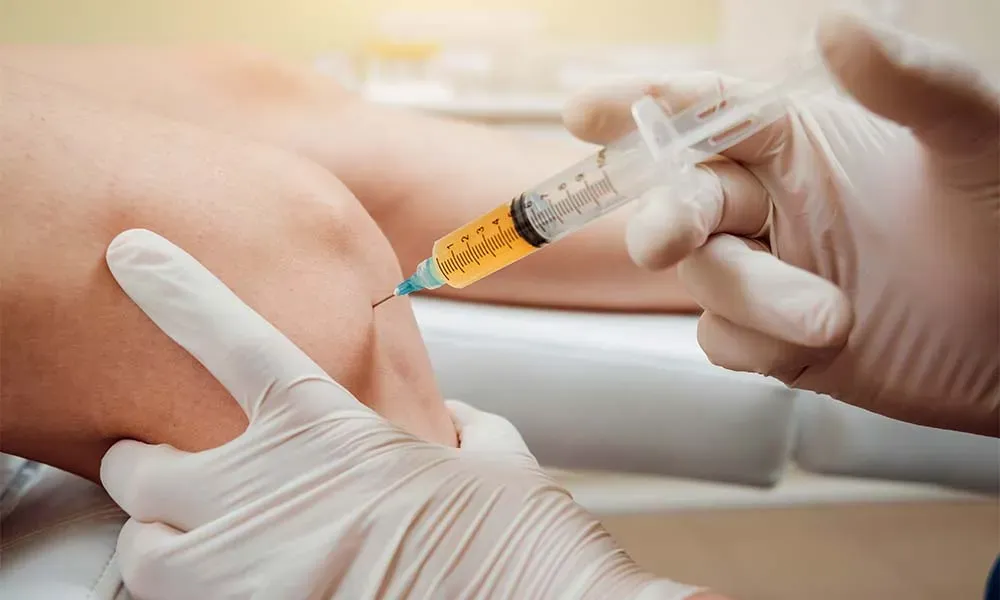

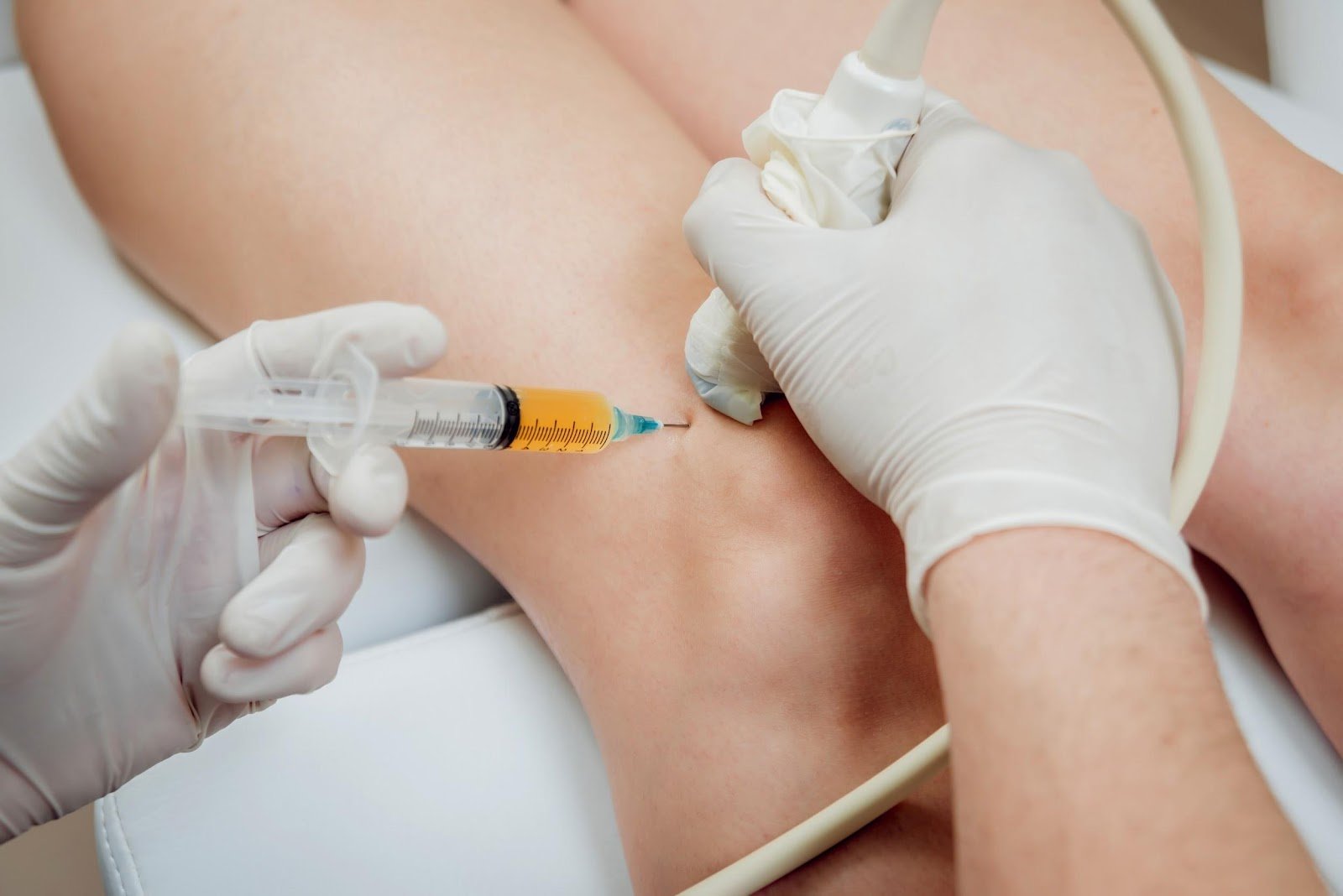
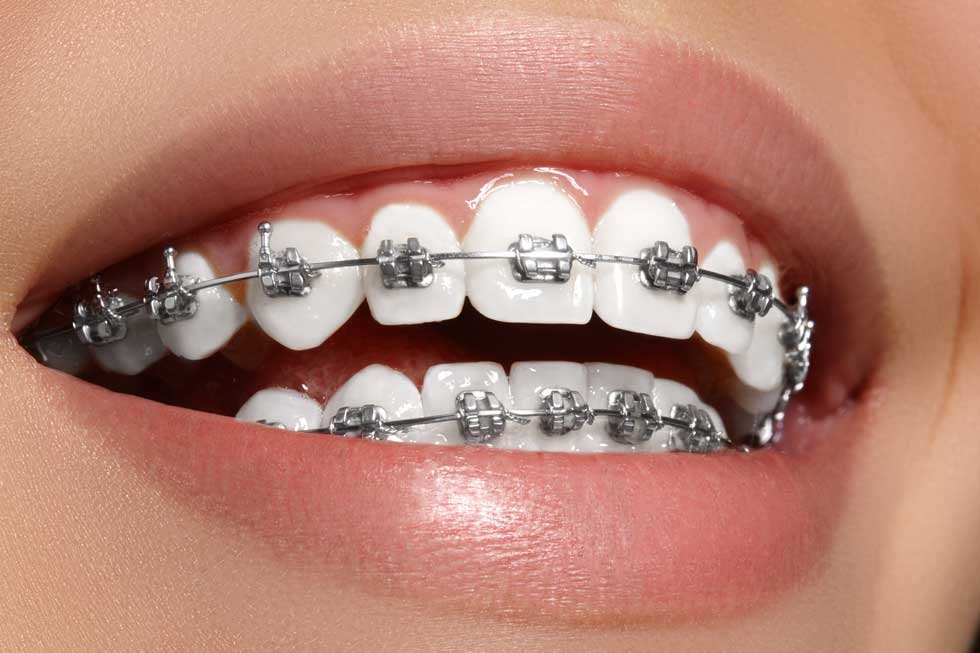
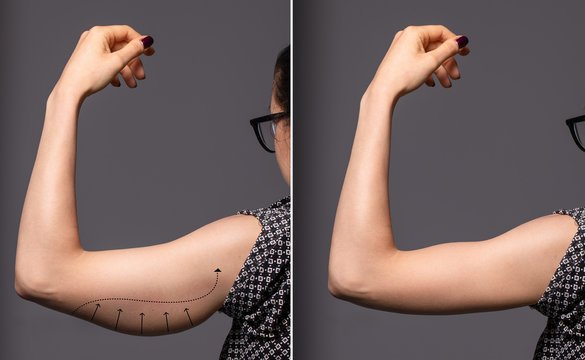


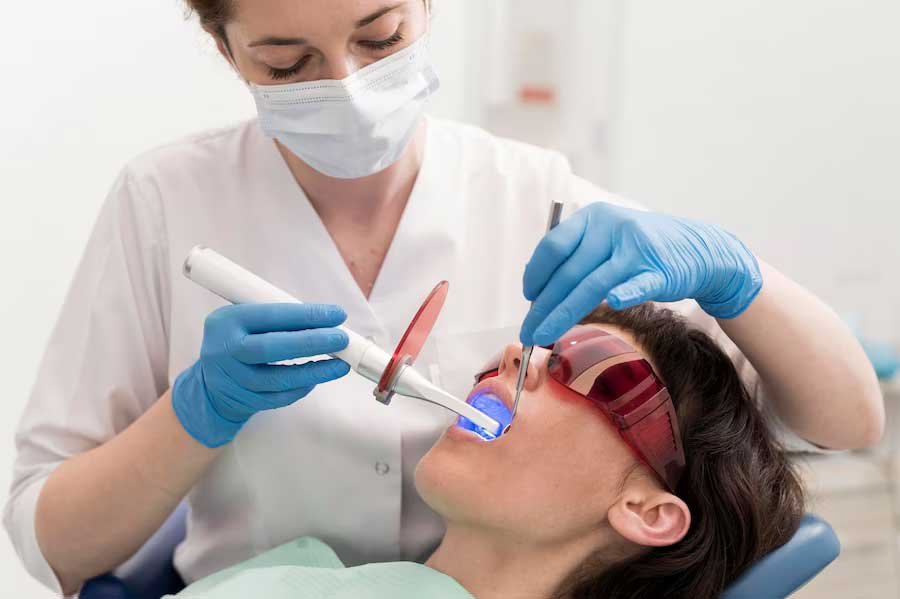

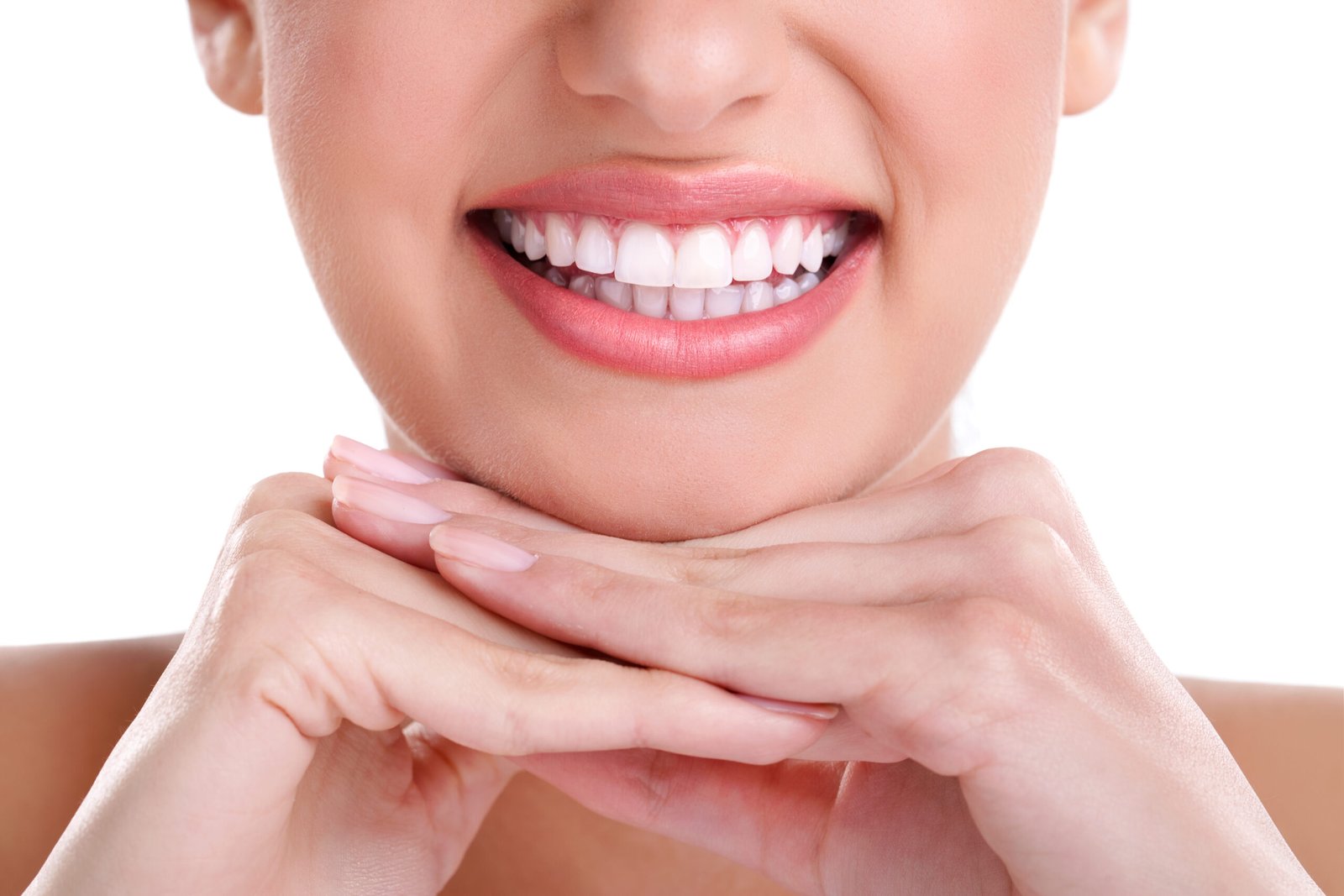
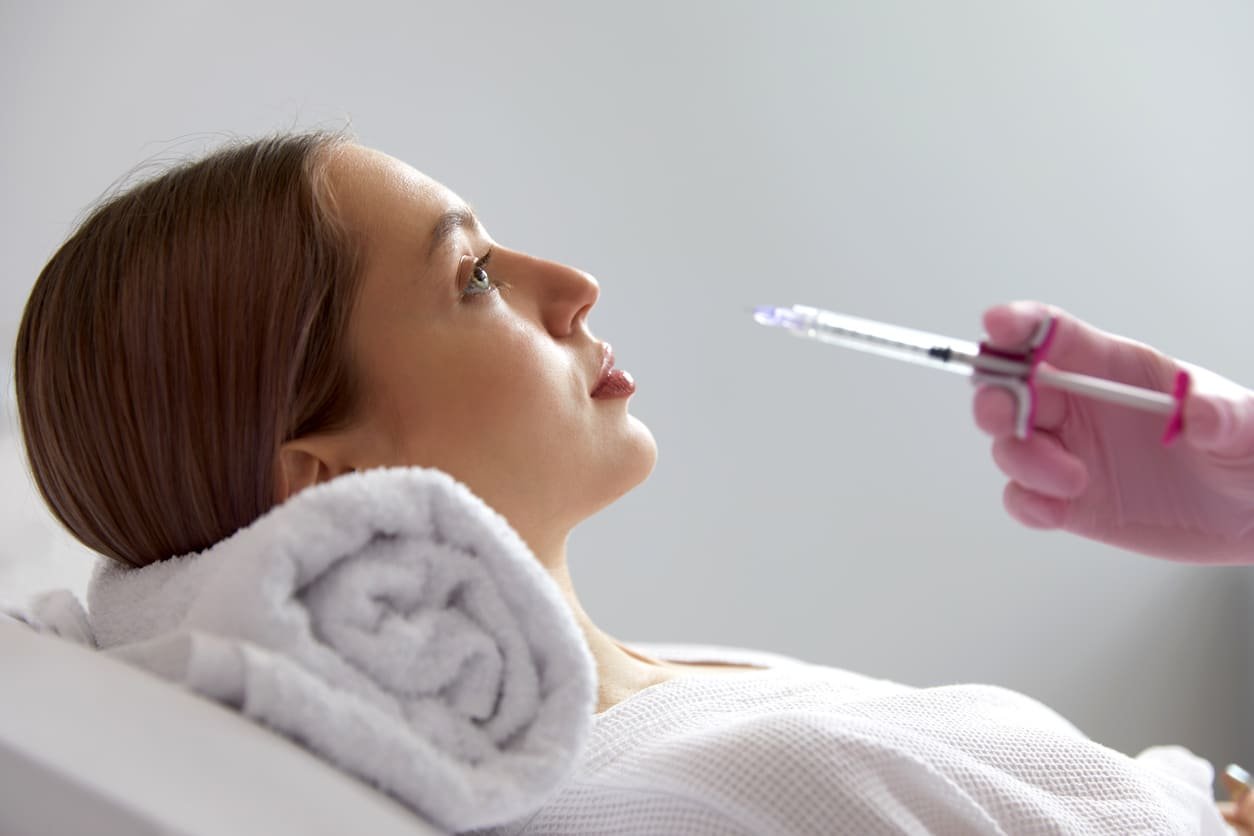


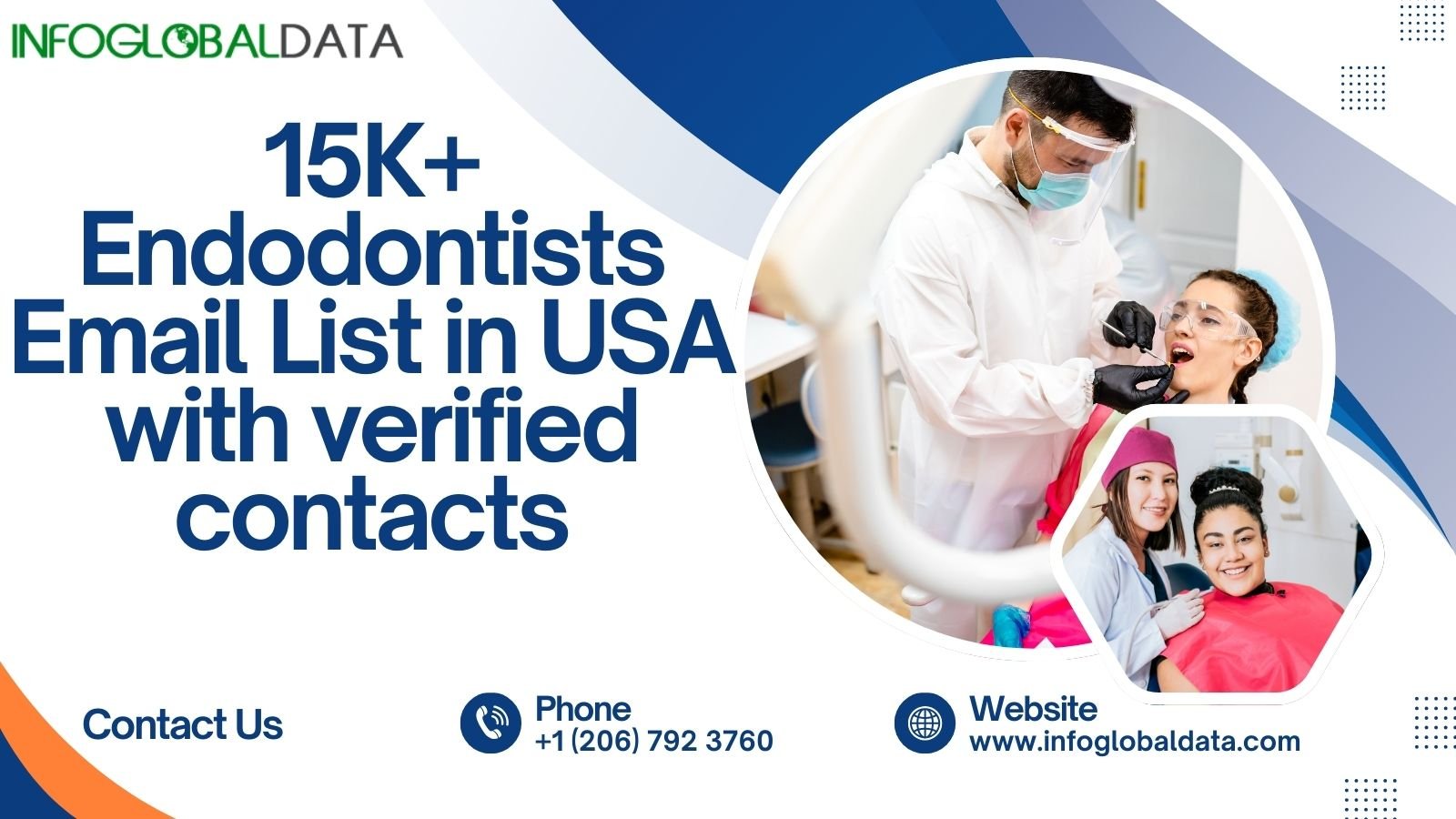

Leave a Reply